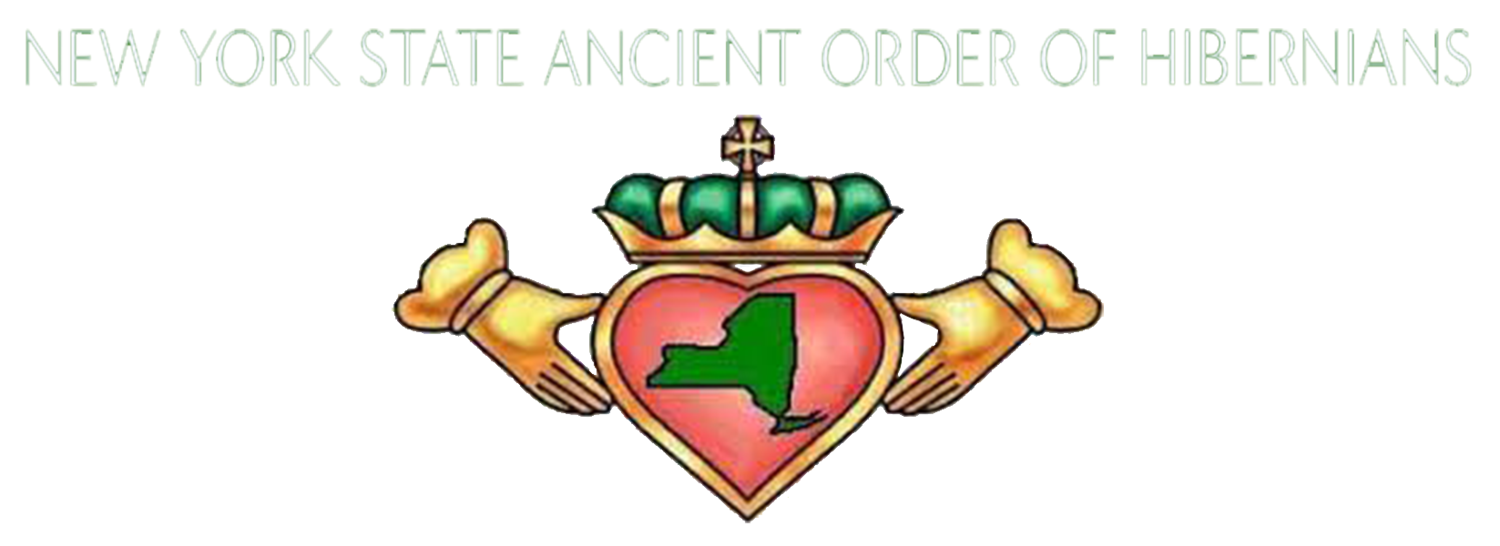Bloody Sunday 1920
November 21 marks the 102nd anniversary of the first Domhnach na Fola (Bloody Sunday) in Ireland. It was a day of violence in Dublin during the Irish War of Independence. More than 30 people were killed or fatally wounded.
The day began with an Irish Republican Army operation ordered by Michael Collins, to assassinate the "Cairo Gang" – a group of undercover British intelligence agents working and living in Dublin. IRA operatives went to a number of addresses and killed or fatally wounded 15 men. Most were British Army officers, one was a Royal Irish Constabulary (RIC) sergeant, and two were Auxiliaries responding to the attacks. The assassinations sparked panic among the British authorities, and many British agents fled to Dublin Castle for safety.
Later that afternoon, British forces raided a Gaelic football match in Croke Park. British RIC, Black and Tans, Auxiliaries, and British soldiers were sent to carry out a search operation. Without warning, the police opened fire on the spectators and players, killing or fatally wounding 14 civilians and wounding at least sixty others. Two of those killed were children. Some of the police claimed they were fired at, and this was accepted by the British authorities. All other witnesses said the shooting was unprovoked, and a military inquiry concluded it was indiscriminate and excessive. The massacre further turned Irish public opinion against the British authorities.
That evening, Irish republicans Dick McKee and Peadar Clancy who had helped plan the earlier assassinations, along with a civilian (Conor Clune) who happened to be caught with the others, were beaten and shot dead in Dublin Castle by their British captors, who said that they were killed during an escape attempt. Two other IRA members were later convicted and hanged in March 1921 for their part in the assassinations.
Overall, the IRA assassination operation severely damaged British intelligence, while the later reprisals increased support for the IRA at home and abroad.
Bloody Sunday was one of the most significant events to take place during the Irish War of Independence, which followed the declaration of an Irish Republic and founding of its parliament, Dáil Éireann. The IRA waged a guerrilla war against British forces: the Royal Irish Constabulary and the British Army, who were tasked with suppressing it.
In response to increasing IRA activity, the British government began bolstering the RIC with recruits from Britain, who became known as "Black and Tans" due to their mixture of black police and khaki military uniforms. It also formed an RIC paramilitary unit, the Auxiliary Division (or "Auxiliaries"). Both groups soon became notorious for their brutal treatment of the civilian population. In Dublin, the conflict largely took the form of assassinations and reprisals on both sides.
The events on the morning of November 21st were an effort by the IRA in Dublin, under Michael Collins and Richard Mulcahy, to destroy the British intelligence network in the city.
Together, the attacks on the British agents, and the British massacre of civilians, damaged British authority and increased support for the IRA. The killings of the match-goers made international headlines, damaging British credibility and further turning the Irish public against the British authorities.
There was no public inquiry into the Croke Park massacre. Instead, two British military courts of inquiry into the massacre were held behind closed doors. More than thirty people gave evidence, most of them anonymous Black and Tans, Auxiliaries and British soldiers. One inquiry concluded that unknown civilians probably fired first, either as a warning of the raid or to create panic. But it also concluded: "the fire of the RIC was carried out without orders and exceeded the demands of the situation." Major General Boyd, the British officer commanding Dublin District, added that in his opinion, the firing on the crowd "was indiscriminate, and unjustifiable, with the exception of any shooting which took place inside the enclosure." The findings of these inquiries were suppressed by the British Government and only came to light in 2000.



